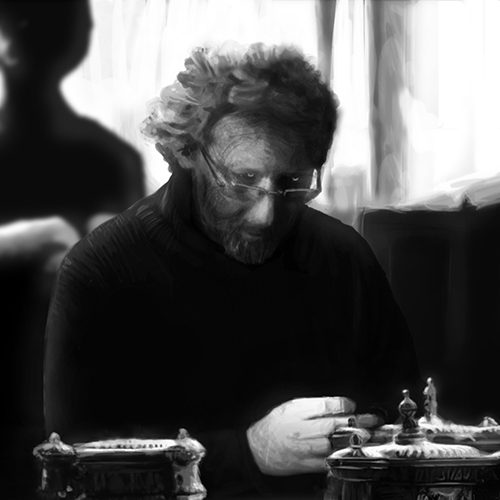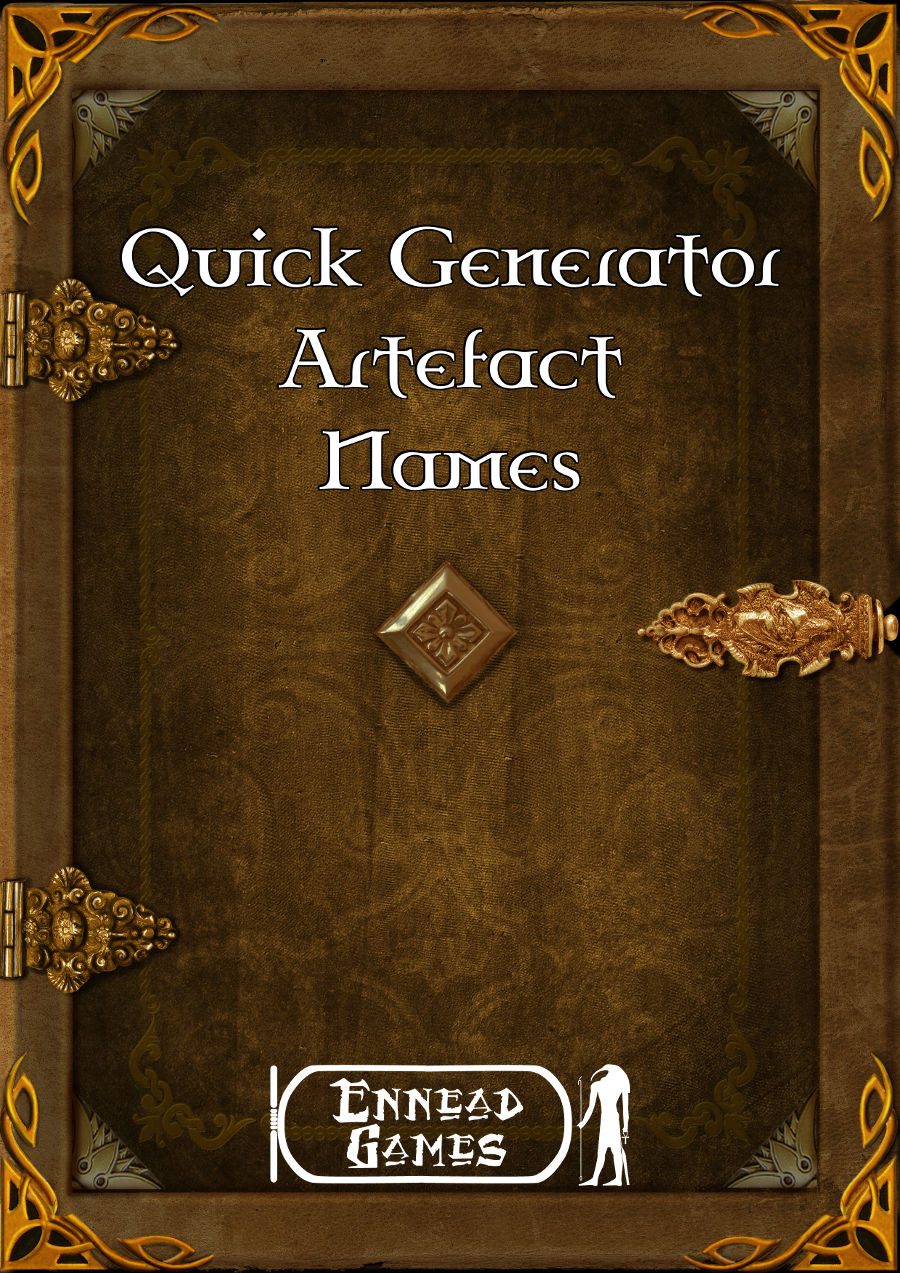
Love Sparks, Part 2: GM Replies
Phil Nicholls blogs at Tales of a GM, where he writes about narrative gaming, faster prep and more story. He is currently running a HeroQuest Glorantha campaign in a home-brew setting. Phil has written for Johnn Four’s Roleplaying Tips newsletter and produced a selection of self-published pdfs.
This essay is taken from the archives at Tales of a GM.
As I explained last week, the comprehensive Guidance chapter of Sparks RPG is a wonderful source of GM advice from Jason Pitre. This essay builds upon the idea of the character sheet as a love letter to the GM. The focus for today is how the GM should reply to the Player.
Spark RPG
Spark is designed by Jason Pitre, and published by Genesis of Legend Publishing in 2013. This storytelling RPG spotlights building worlds and challenging the characters’ beliefs within those worlds. The introduction describes the game as follows:
Q The Spark RPG is about imagining, building, and exploring fictional worlds. It gives you all of the tools and guidance you need to create an evocative and engaging Setting. It shows you how to find inspiration and collaboratively build a world with your friends. Most importantly, it teaches you how to create a place that each of you find compelling.
The game is purpose-built to foster creating dynamic, custom Settings. You can work together to create a world that interests all of you, one that gives you a context for rich stories.
GM: Know thy Players
If the character sheet is viewed as a love letter to the GM, then the first step in making use of this tool is for the GM to study the character sheet. These are probably the most detailed individuals in the setting, so the GM should be familiar with them.
This is not just to ensure the character has been made according to the rules. Many years ago, my rules of choice was the point-buy Hero System. Every time new characters were created, some degree of GM supervision was required to ensure the points really did balance.
A rules pass at the character sheet is often a wise move by the GM. However, for our purposes, the GM needs to read the sheet with her storytelling hat on. Assume that it IS a message to you. The Player is telling you, in code, what they want to happen in the game, even if they are only doing so unconsciously.
Weaving into the Plots
Once you are familiar with the contents of the character sheets, what should you do with this information? I see two ways to respond to the love letter:
- Crafting suitable plots
- Improvising during the game
One method of answering the Player’s love letter is to weave their chosen abilities into the plot. This is a common technique, sprinkling an adventure with undead for the Cleric to turn and locks for the Thief to pick. However, by studying the character sheets, the GM can tailor the plots to the exact desires of the Players. This is not to make the plot a walkover for the Heroes, but simply to heighten the Players’ enjoyment by offering them moments where their Hero shines because they have exactly the right skill.
The process is even more evident if you can make a Hero’s less iconic skills relevant. If the Warrior impresses the Duke with his knowledge of fine wines, or obscure heraldry, then the Player feels vindicated for spending points on such a niche knowledge skill.
Loading Chekhov’s Gun
“If you say in the first chapter that there is a rifle hanging on the wall, in the second or third chapter it absolutely must go off. If it’s not going to be fired, it shouldn’t be hanging there.”
— Anton Chekhov, from S. Shchukin, Memoirs. 1911.
Chekhov’s Gun is an idea from fiction writing, but also applies to making use of the character sheet as a source of plot ideas. Two main concepts spiral out of the principle of Chekhov’s Gun, both of which can be applied by the attentive GM.
The first interpretation tells us that if an ability is listed on the sheet, then it must be used in the game. To enable a character be effective, the GM needs to make the character’s skill and talents useful in the game. So, be sure to have the plot include what the Players want to happen.
This does not result in pedestrian, predictable games, as the average heroband will have multiple members. Thus, with so many Heroes to draw upon, the GM can find different things to satisfy each Player somewhere in the plot, without being repetitive.
Using Chekhov’s Armoury
The second, less common, interpretation of Chekhov’s famous maxim tells us how everything on the character sheet needs to be relevant. After all, if a skill is never going to be used, why should the Player waste resources creating it.
Once again, the GM should scour the character sheets for minor abilities which have yet to be used. The Players will love it when an ability chosen simply to portray character, suddenly becomes central to the plot.
How about weaving together a plot featuring one Hero’s central shtick with another’s minor ability. Fold in a character from a third character’s backstory, and you have the makings of a plot to pique the interest of several Players at once. After all, if your plots snare the interest of your Players, then you will not require desperate measures to guide them back to your prepared material.
Improvising within the Story
So, you have woven together a cunning plot highlighting several abilities from multiple character sheets. Is this the end of the GM’s reply? No, it does not have to be.
Over the years, my game has drifted into greater improvisation. A strong knowledge of the abilities of your Heroes will enable you to answer those love letters during the game too. Here are a few quick suggestions for improvised responses from the GM which connect back to the character sheets:
- Distant family connection to a GMC, such as cousin or great aunt
- Discover a shared hobby with a nobleman
- Befriend a businessman by solving a cryptic crossword clue
- Recognise an obscure punk band on the bouncer’s T-shirt
- Discuss lost draconic ballads with a bard
Conclusion
There are many ways the obscure knowledge, or niche skills of a Hero can suddenly be applicable in a game. The way the GM responds to the contents of the character sheet will validate the Players’ choices. Show you have read their love letter by weaving their chosen abilities into your game.
How do you make the Players’ choice relevant to your game? How often do you read the character sheet? Or should it be just a tool for the Players? Share your thoughts with your fellow GMs in the comments below.
Happy Gaming
Phil
For more essays from Phil, and updates about his latest campaign, visit Tales of a GM.




2 thoughts on “[Tales of a GM] – Love Sparks, Part 2: GM Replies”
Comments are closed.